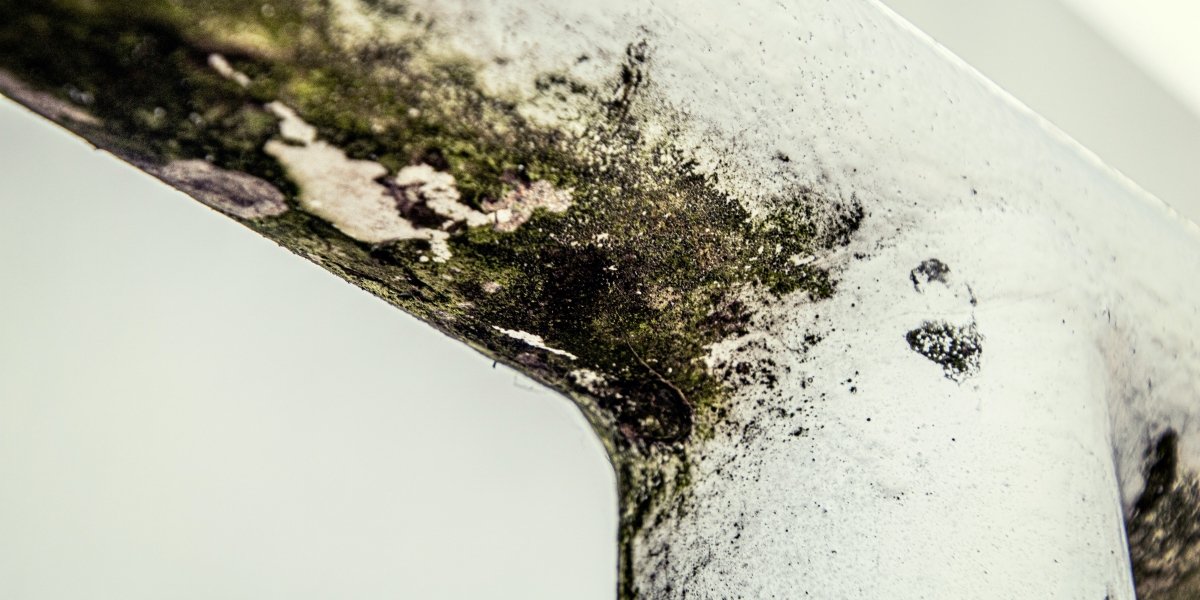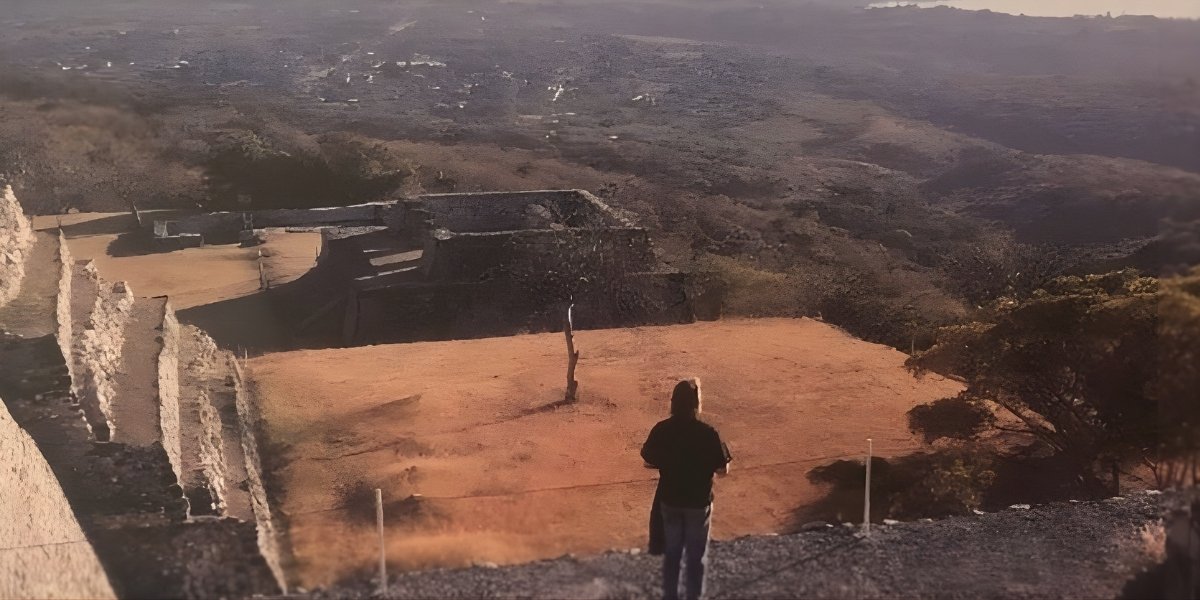The Miami Circle, a mysterious archaeological site located in downtown Miami, Florida, offers a fascinating glimpse into the distant past. Dating back approximately 5,000 years, it is considered one of the oldest known prehistoric structures in North America. This remarkable site has sparked curiosity and debate among archaeologists and historians, raising questions about the people who created it and their way of life. This article explores the ancient Miami Circle, delving into its history, discovery, and significance. We will examine the theories surrounding its purpose and its place in the broader context of Native American history.
The Discovery and Excavation of the Miami Circle
The Miami Circle was discovered in 1998 during a routine archaeological survey conducted before the construction of a condominium complex. The site was located at the mouth of the Miami River, an area that has been inhabited for thousands of years. During excavation, archaeologists unearthed a perfect circle carved into the limestone bedrock, measuring 38 feet in diameter. The circle contained numerous holes and basins, suggesting that it was used for some sort of ceremonial or ritualistic purpose. The discovery of the Miami Circle was a significant event in North American archaeology, providing valuable insights into the lives of the people who inhabited the region thousands of years ago. The meticulous excavation and documentation of the site have allowed researchers to piece together a picture of this ancient civilization. The preservation efforts that followed the discovery have ensured that this important piece of history is protected for future generations.
Theories and Interpretations: What Was Its Purpose?
The exact purpose of the Miami Circle remains a subject of debate among archaeologists. Several theories have been proposed, each offering a different interpretation of its function. One theory suggests that the circle was used as a foundation for a circular structure, possibly a dwelling or a ceremonial building. The holes and basins within the circle may have been used for supporting posts or for other structural elements. Another theory proposes that the Miami Circle was a symbolic representation of the sun or other celestial bodies, used for astronomical observations or religious ceremonies. The alignment of the circle with certain astronomical events supports this interpretation. Some researchers even suggest that the Miami Circle was a symbolic representation of a calendar or a map of the local area. While the precise purpose of the Miami Circle is still unknown, its existence provides compelling evidence of a sophisticated and organized society that inhabited the Miami area thousands of years ago. The ongoing research and analysis of the site may one day provide more definitive answers.
The Significance of the Miami Circle in Native American History
The Miami Circle is a significant archaeological site that sheds light on the history of Native Americans in South Florida. The site is believed to have been created by the Tequesta Indians, a Native American tribe that inhabited the region for centuries. The Tequesta were skilled fishermen, hunters, and gatherers who developed a complex social and cultural system. The Miami Circle provides tangible evidence of their presence and their connection to the land. The site is a reminder of the rich cultural heritage of the Native American people and their important contributions to the history of the region. The preservation of the Miami Circle is essential for understanding the history of the Tequesta and other Native American tribes who inhabited South Florida. It serves as a valuable resource for education and research, helping to connect present generations with their past. The Miami Circle is a protected archaeological site and a testament to the long and rich history of Native Americans in the region.
Visiting the Miami Circle: A Connection to the Past
Today, the Miami Circle is a designated National Historic Landmark and is open to the public. While the original circle is no longer visible due to development, a replica has been created to give visitors a sense of its size and layout. Visiting the site provides an opportunity to connect with the past and reflect on the lives of the people who created this remarkable structure. The site is a reminder of the long and rich history of the Miami area, predating the arrival of European settlers by thousands of years. The Miami Circle is a valuable educational resource, offering insights into prehistoric life in South Florida. It is a place where visitors can learn about the Tequesta Indians and their unique culture. The site serves as a reminder of the importance of preserving our cultural heritage and respecting the history of the land.







